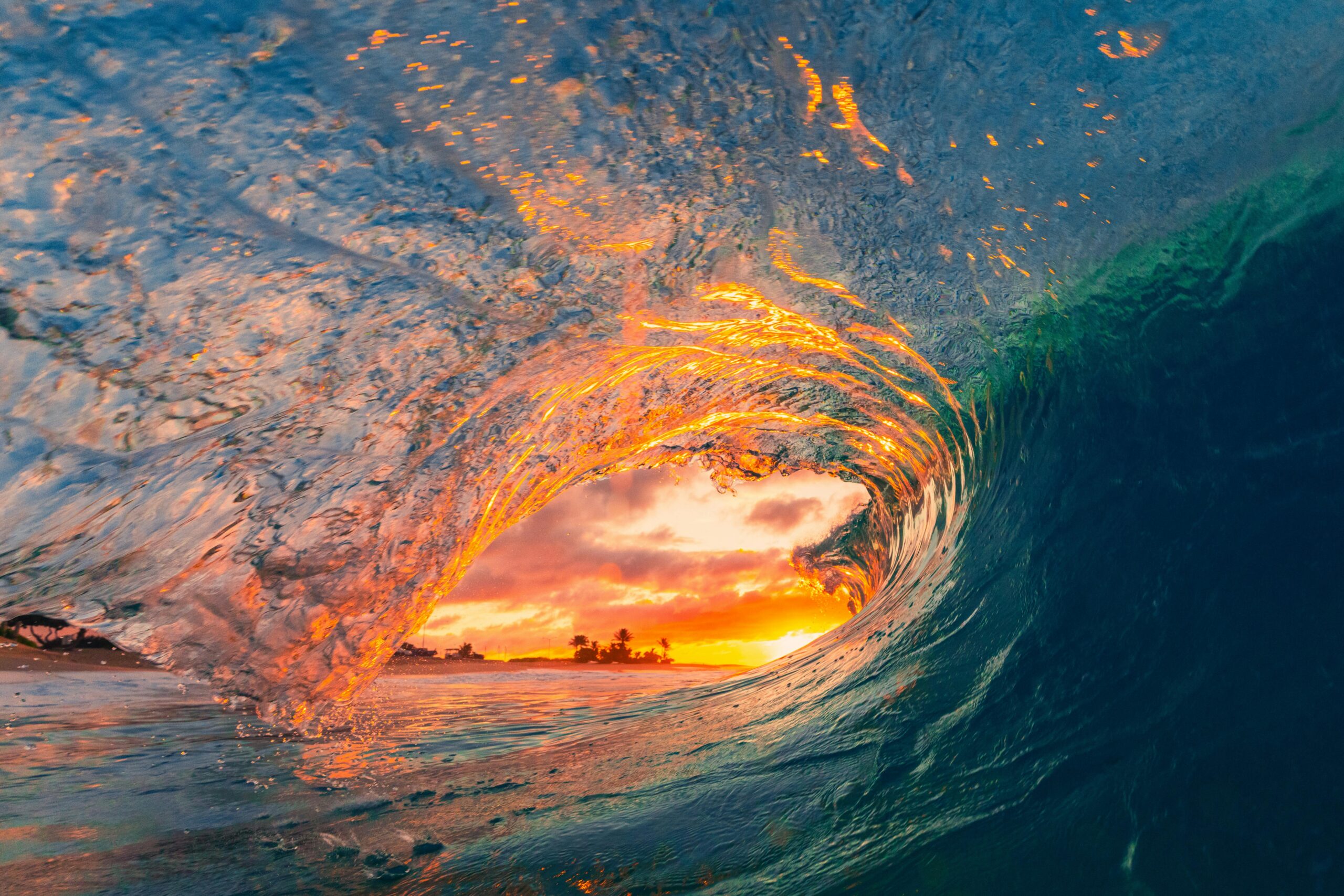Surfing, with its roots in Polynesia, has evolved into a global sport, lifestyle, and cultural movement. California, in particular, has played a pivotal role in this evolution. The Golden State’s coastal landscape, coupled with its cultural and technological innovations, has made it a key player in the history of surfing. This article explores how surfing in California transformed from an indigenous practice into a modern phenomenon that continues to influence the world.
The Origins: Polynesian Roots and Arrival in California
Surfing was first developed by the Polynesians, particularly in Hawaii, long before Europeans arrived in the Pacific. It was more than just a sport; surfing had deep spiritual significance, with chiefs and kings often participating in the pastime.
It wasn’t until the early 20th century that surfing made its way to California. The first recorded instance of surfing in the state occurred in 1907, when Hawaiian surfer George Freeth was invited to Redondo Beach by Henry Huntington, a real estate tycoon, to demonstrate the art of wave riding. Huntington was hoping to attract attention to his railway line and beachfront properties. Freeth’s performances, which included standing on a surfboard—a rare skill at the time—gained immediate attention and made him a local legend.
The 1920s-1930s: Duke Kahanamoku and Early Growth
The spread of surfing in California owes much to Hawaiian Olympic swimmer Duke Kahanamoku. Kahanamoku, often referred to as the “father of modern surfing,” gave numerous surfing exhibitions around the world, including in California, starting in 1912. His charisma and athleticism captivated audiences and sparked interest in the sport.
By the 1920s and 1930s, small surf communities were forming along California’s coast, from Santa Cruz to Malibu. Surfing was still a niche activity, practiced by a dedicated few, but the seeds for larger growth were planted. Early Californian surfers rode boards made from solid wood, often redwood, which could weigh over 100 pounds.
The 1940s-1950s: The Rise of Surf Culture
After World War II, surfing began to flourish in California, driven by advances in board design, the rise of beach culture, and improvements in wetsuit technology. In 1946, Bob Simmons, a Californian engineer and surfer, revolutionized surfboard design by using lighter balsa wood and fiberglass. His innovations led to the creation of smaller, more maneuverable boards that allowed surfers to perform a wider range of tricks and maneuvers.
At the same time, the beaches of Southern California, particularly Malibu, became cultural hotbeds for surfers. The iconic Malibu Point became a proving ground for a new generation of surfers, such as Mickey Dora and Phil Edwards, who began pushing the limits of what was possible on a surfboard. The unique waves at Malibu, coupled with the emerging surf culture, made it a focal point for the development of the sport.
The 1960s: The Surf Boom
The 1960s marked an explosive period for surfing in California, with the sport moving from a niche subculture to a mainstream phenomenon. A number of factors contributed to this growth:
- Media Exposure: Surfing gained significant visibility through movies like Gidget (1959) and The Endless Summer (1966). These films romanticized the carefree lifestyle of surfers and introduced the sport to millions of people around the world.
- Music: The surf music of the Beach Boys, Jan and Dean, and Dick Dale became the soundtrack of the 1960s, with songs that celebrated surf culture and the California beach lifestyle.
- Surf Brands: The rise of surf brands such as O’Neill (inventor of the wetsuit) and Hobie provided surfers with the gear they needed to spend more time in the water. Wetsuits, in particular, allowed surfers to stay warm in the cooler waters of California, significantly extending the surfing season.
This period saw the establishment of surf shops, clubs, and competitions across California, from Huntington Beach to San Diego, cementing California as a surfing mecca.
The 1970s-1980s: Professionalization and Innovation
By the 1970s, surfing was no longer just a casual pastime; it was evolving into a professional sport. Surf competitions, like the U.S. Open of Surfing in Huntington Beach, became popular events, attracting the world’s best surfers. California produced a number of world-class surfers, such as Shaun Tomson and Mark Richards, who helped elevate the sport’s profile internationally.
The 1980s also saw the advent of the shortboard revolution. While longboards had dominated the scene in the 1950s and 1960s, shortboards—more maneuverable and faster—became the board of choice. This shift led to more radical and dynamic styles of surfing. The period also witnessed the growth of major surfwear brands like Quiksilver and Billabong, which brought surf culture further into the mainstream.
The 1990s-Present: Global Influence and Environmentalism
The 1990s ushered in a new era of high-performance surfing, with California surfers like Kelly Slater dominating the global competitive scene. Surfing became a professional career for many, with sponsorship deals and endorsements allowing surfers to make a living from the sport.
California remained central to the sport’s ongoing innovation, with companies continuing to push the boundaries of surfboard technology. Today, surfers have access to boards made from materials like epoxy and carbon fiber, allowing for lighter and stronger boards than ever before.
In recent years, California surfers have also been at the forefront of environmental activism. Many surfers are passionate advocates for ocean conservation, fighting against pollution, plastic waste, and climate change. Groups like the Surfrider Foundation, founded in 1984 in Malibu, have played a major role in protecting coastal ecosystems.
Conclusion: California’s Lasting Legacy
Surfing in California has come a long way from the days of George Freeth and Duke Kahanamoku. From the rise of surf culture in Malibu to the innovations of modern surfboard design, California has not only been a hub for the sport’s development but also its global ambassador. Today, surfing is more popular than ever, with California remaining a cultural and competitive epicenter for surfers from around the world. As the sport continues to grow, California’s waves, history, and community will undoubtedly remain an integral part of its future.
